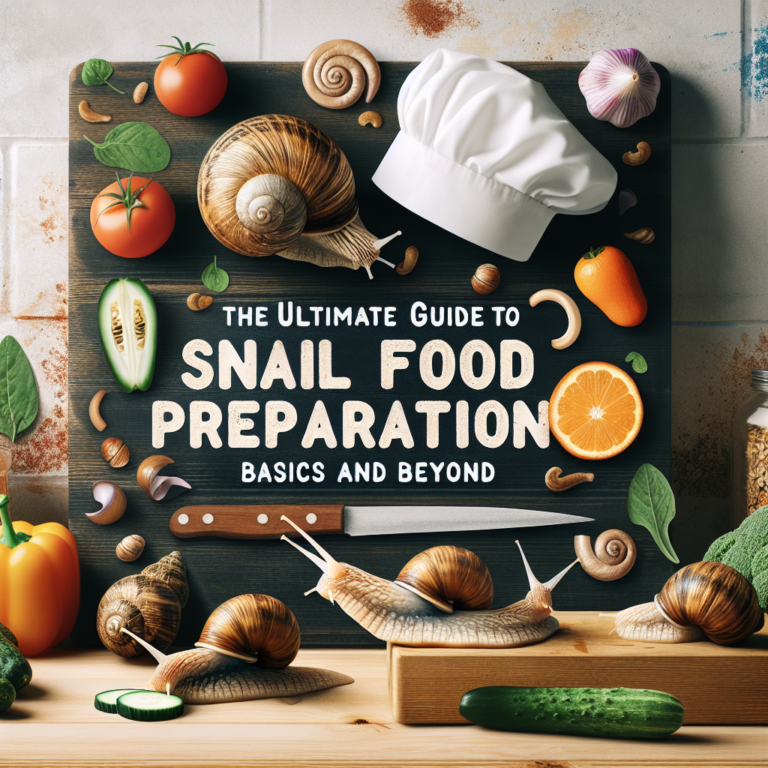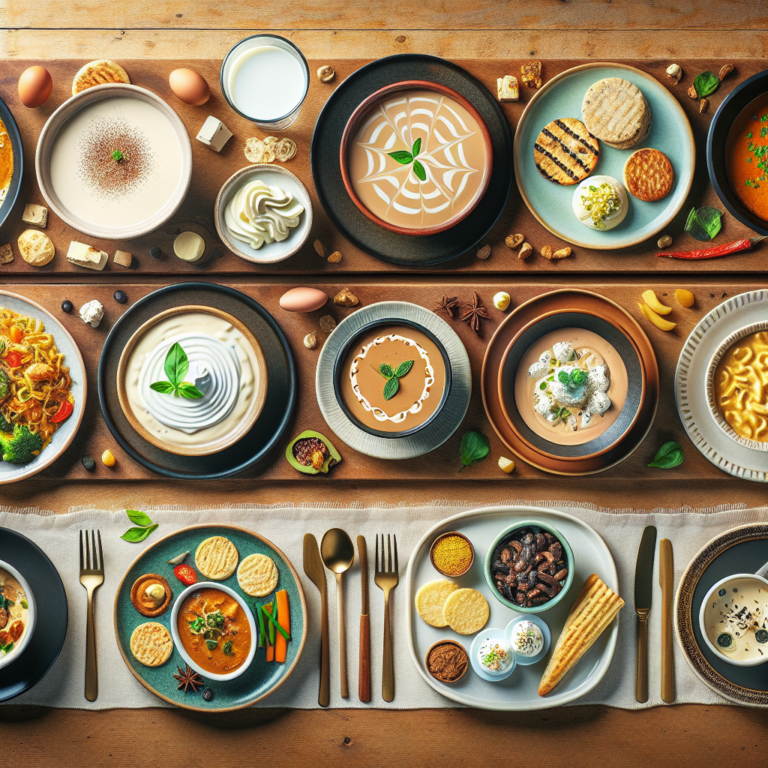
Escargot, commonly known as edible snails, holds a special place in Mediterranean cuisine, particularly in French culinary tradition. This delicacy, often seen as divisive due to its unique texture and flavor, is revered by many who appreciate its rich taste and cultural significance.
Historical Context of Escargot
The consumption of snails dates back to ancient times. Archaeological evidence suggests that snails were consumed by prehistoric humans, with some of the earliest records of this practice found in the Mediterranean basin. Ancient Greeks and Romans are known to have enjoyed snails; they even farmed them to meet the growing demand.
In the Greek epic “The Iliad,” Homer mentions snails, illustrating their long-standing presence in the Mediterranean diet. The Romans, in particular, were fascinated with snails, elevating them to gourmet status. They developed numerous recipes which would influence future generations of Mediterranean cuisine.
Escargot in French Cuisine
While many Mediterranean cultures incorporate snails into their diets, the French have perfected the preparation and presentation of escargot. The dish typically features snails cooked in a variety of rich, flavorful sauces, often composed of butter, garlic, and parsley. This preparation has solidified escargot’s status as a classic French delicacy.
The Famous Recipe: Escargots de Bourgogne
One of the most famous preparations of escargot is “Escargots de Bourgogne.” This dish is made by baking snails in their shells with a mixture of butter, garlic, parsley, and sometimes shallots. The snails are often served in specially designed dishes that keep the shells in place, allowing diners to enjoy the rich, buttery sauce with each succulent bite.
Preparation of Escargot
Preparing escargot is an art that involves several meticulous steps. Here is a brief overview of how escargot is typically prepared:
- Choosing the Snails: It’s crucial to select only high-quality snails. In France, snails are often farmed specifically for culinary use, ensuring they are safe and edible.
- Cleaning the Snails: Snails must be thoroughly cleaned to remove any dirt or impurities. This usually involves soaking them in water and then rinsing multiple times.
- Pre-cooking: Some chefs pre-cook the snails by boiling them briefly before moving to the next step for better flavor infusion.
- Preparing the Garlic Butter Mixture: The butter is blended with minced garlic, fresh parsley, salt, and pepper, creating a rich flavor profile.
- Filling the Shells: Snails are placed back into their shells and topped with generous amounts of the garlic butter mixture.
- Baking: The filled shells are then baked in a hot oven, allowing the flavors to meld beautifully.
The Taste Profile of Escargot
The flavor of escargot is unique and rich, often compared to that of shellfish, yet it maintains a distinct earthiness. When prepared with garlic, butter, and herbs, the essence of the escargot is heightened, offering an indulgent taste experience. The texture is another noteworthy aspect; escargot is tender yet slightly chewy, providing a satisfying mouthfeel. Pairing escargot with crusty bread is a popular practice, as it allows diners to soak up the flavorful butter garlic sauce.
Cultural Significance of Escargot
Escargot is more than just a dish; it symbolizes various cultural aspects of the Mediterranean region. In France, it often represents sophistication and is regularly featured in fine dining settings as an appetizer. The dish is commonly found in bistros and restaurants, especially in cities known for their culinary traditions, like Paris and Lyon.
Escargot in Other Mediterranean Countries
While French cuisine is the most celebrated for escargot, several other Mediterranean nations include snails in their culinary repertoire:
- Spain: In Spain, snails are often cooked with spices and served as tapas, such as “caracoles,” which are snails stewed in a spicy tomato sauce.
- Italy: Italian cuisine includes snails in “lumache” dishes, typically prepared with herbs, garlic, and olive oil.
- Greece: Greeks have a long tradition of eating snails, often stewed in a tomato and wine sauce or fried as a seasonal delicacy.
Pairing Escargot with Wine
The remarkable flavors of escargot lend themselves well to various wine pairings. A popular choice is white wine, particularly those that are crisp and aromatic. Varieties such as Chardonnay or Sauvignon Blanc complement the rich garlic butter without overwhelming the palate.
For those who prefer red wine, a light-bodied Pinot Noir can also work beautifully, providing an elegant balance to the dish’s richness. Additionally, rosé is an increasingly popular option for pairing with escargot, offering a refreshing contrast to the savory flavors.
Conclusion
Escargot exemplifies the intricate relationship between cuisine and culture within the Mediterranean region. From its historical roots to its elevated status in French gastronomy, this delicacy continues to inspire a love affair with food lovers around the world. Though escargot may not be for everyone, its cultural significance and unique flavors make it a noteworthy topic for exploration. Whether enjoyed in a fine dining establishment in Paris or at a casual family gathering, escargot represents a melding of history, tradition, and culinary artistry that transcends borders.
FAQs
1. Are escargot safe to eat?
Yes, escargot is safe to eat as long as it has been properly prepared. Culinary-grade escargot is usually farmed and cleaned meticulously to ensure safety.
2. Can I cook escargot at home?
Absolutely! With the right ingredients and methods, escargot can be cooked and enjoyed at home. Ensure you purchase escargot intended for consumption, such as those from reputable sources.
3. What do escargot taste like?
Escargot has a unique flavor that is often compared to shellfish. When prepared with garlic butter and herbs, the taste is rich, savory, and delicate.
4. What types of wine pair well with escargot?
White wines such as Chardonnay and Sauvignon Blanc are commonly paired with escargot, though light-bodied red wines like Pinot Noir and rose also complement the dish well.
5. Is escargot considered a delicacy?
Yes, escargot is considered a delicacy, particularly in French cuisine where it is featured in fine dining and gourmet settings.
Sure! What kind of prompt are you looking for? It could be a writing prompt, a creative prompt, a discussion prompt, or something else entirely. Let me know your preference!, #Delicacy #Escargot #Mediterranean #Love #Affair, #Delicacy #Escargot #Mediterranean #Love #Affair, 1736505713, the-delicacy-of-escargot-a-mediterranean-love-affair








